Tourist Places in Kurukshetra Haryana: Kurukshetra is a place of great historical and religious importance, recognized throughout the country for its sacred association with the Vedas and Vedic Culture. It is referred to as DHARAMKSHETRA, which means ‘Region of Righteousness.’ The battle of Mahabharat was fought here, and this is where Lord Krishna preached His philosophy of ‘KARMA’ to Arjuna, as enshrined in the Holy Bhagwad-Gita at Jyotisar.
According to popular belief, the holy waters of all sacred rivers converge into Kurukshetra’s Sannehit Sarovar, particularly during Somavati ‘Amavasya’ and solar eclipse. Those who take a bath in the tanks in Kurukshetra are believed to go to heaven after death. As per Mahabharata, one who dies at Kurukshetra attains salvation after death.
Kurukshetra is a town steeped in history, mythology, and spirituality. Known as the site of the epic Mahabharata, Kurukshetra’s landscape is replete with tales from ancient scriptures. Join us as we delve into the top tourist places in Kurukshetra, inviting you to experience the convergence of time, tradition, and serenity.
Kurukshetra At A Glance
Location: Located on North Eastern part of Haryana State
Linking Roads: Kurukshetra is located on the linking road from National Highway No. 1 through Pipli, a famous town. Kurukshetra is also connected from Pehowa on the Ambala-Hisar National Highway No. 65
How To Reach Kurukshetra
Transportation Options for Kurukshetra
Air Travel: The nearest airport to Kurukshetra is located in Chandigarh. For more information regarding flights and the airport, please contact the airport or airlines directly.
Rail Travel: Kurukshetra’s railway station is a significant railway junction, located between Sector 13 and New Colony. Some of the trains that pass through this station include Shatabadi Express, Amritsar Express, Jhelum Express, Kalka Mail and Himalayan Queen.
If you require railway information, please dial 139.
Bus Travel: Kurukshetra is connected to Delhi, Chandigarh, and other important destinations in Haryana, Punjab, and Himachal Pradesh by Haryana Roadways and other State Corporation buses. Haryana Roadways Volvo also passes through Kurukshetra.
For bus information, please dial 01744-220468.
Must Visist Tourist Places In Kurukshetra
Brahma Sarovar
Brahma Sarovar, located in Kurukshetra, is a stunning water tank dedicated to Lord Shiva. According to legend, this is the very land where Lord Brahma created the universe. Nearby, you’ll find the Birla Gita Mandir and Baba Nath’s ‘haveli’, two more sacred sites in the area. During the winter months, the Sarovar comes to life as birds from far and wide migrate to take a dip in its waters. The tank truly shines during the ‘Deep Daan’ and ‘Aarti’ ceremonies held in late November and early December to celebrate Gita Jayanti.
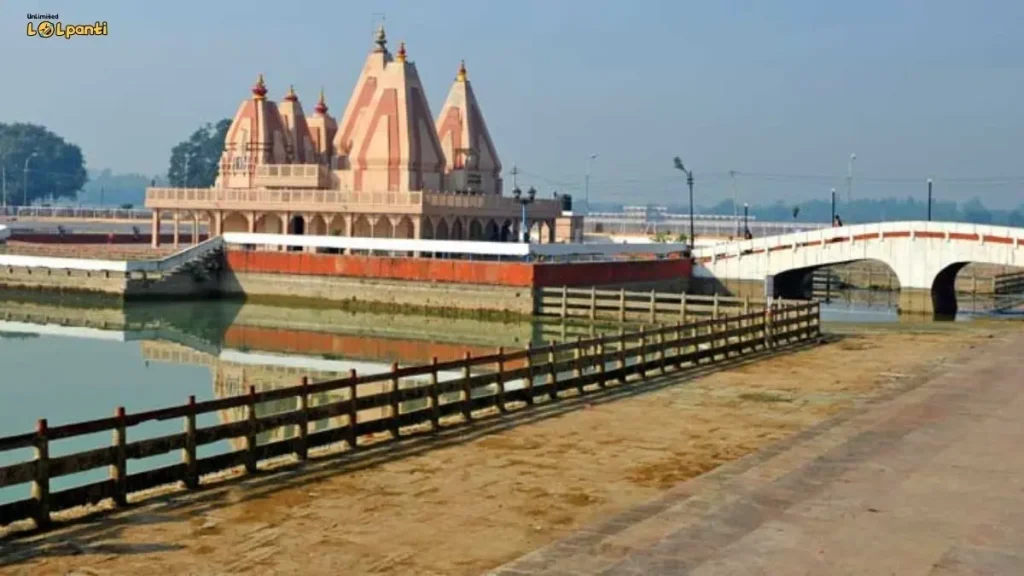
Sannihit Sarovar
Located on Pehowa Road, just three kilometers away from Kurukshetra, lies Sannihit Sarovar – the permanent home of Lord Vishnu. According to legend, the entire range of Tirthas gathers here on Amavasya day. It is believed that performing Shradhs and taking a dip in this tank during a solar eclipse yields the same benefits as 1000 Ashwamedh sacrifices.
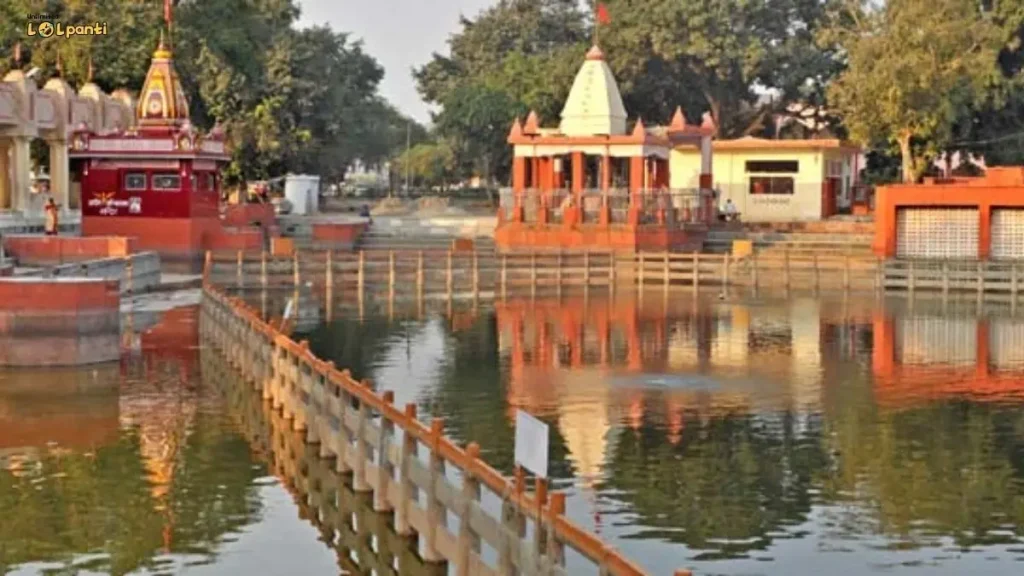
During a solar eclipse, pilgrims flock to this holy destination. Visitors can learn about their ancestors from the Purohits (locally known as Pandas), who have recorded the pilgrims’ visits for generations.
Even the Sikh Gurus have made their way to this sacred site throughout history.
Kurukshetra Panorama and Science Centre
Exploring the Intersection of Science and Religion at Kurukshetra Panorama and Science Centre
The Kurukshetra Panorama and Science Centre is a one-of-a-kind destination that blends science and religion. The Centre’s main attraction is a lifelike panorama of the legendary battle of Kurukshetra, featuring scientific explanations that justify every aspect of the war. The Centre’s remarkable two-story building boasts cylindrical walls, and it houses an intriguing exhibit titled ‘India: A Heritage in Science, Technology and Culture.’ The exhibit features interactive and functional displays that delve into ancient Indian concepts such as the properties of matter, the structure of atoms, geometry, arithmetical rules, astronomy, medicine, and surgery.
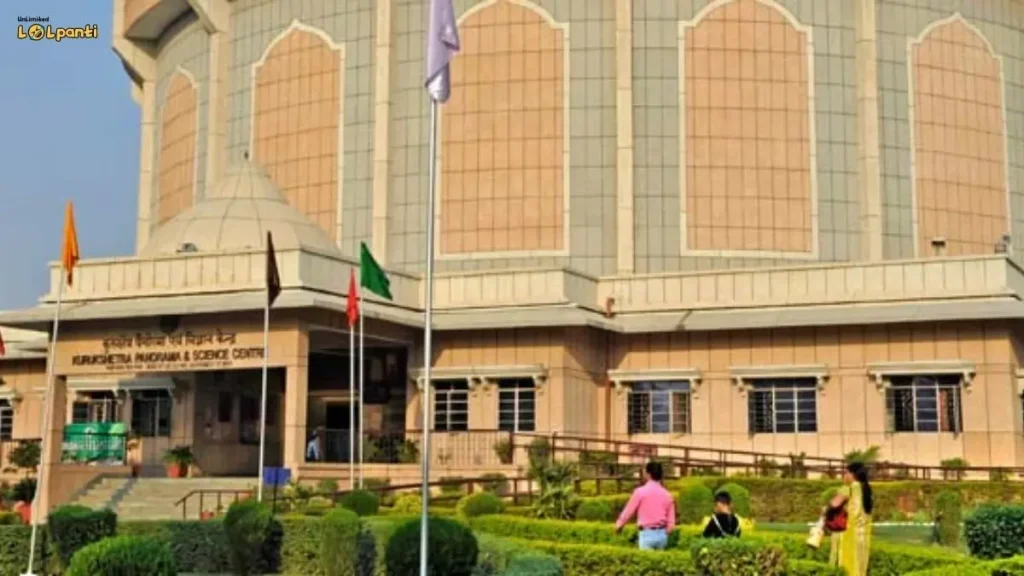
Sheikh Chaheli’s Tomb
The beautiful tomb and school of Shaikh Chehli are connected with the Sufi saint Abdu’r-Rahim alias Aabd-ul-Razak. Shaikh Chehli was the spiritual teacher of the Mughal Prince Dara Shikoh, who was the eldest son of Emperor Shahjahan. The tomb is located on an artificial terrace and is octagonal in shape, built using buff sandstone. It has a pear-shaped dome made of white marble that stands on a high circular drum. The entrance of the tomb is located in the south and the cenotaph of the saint is in the chamber’s center.
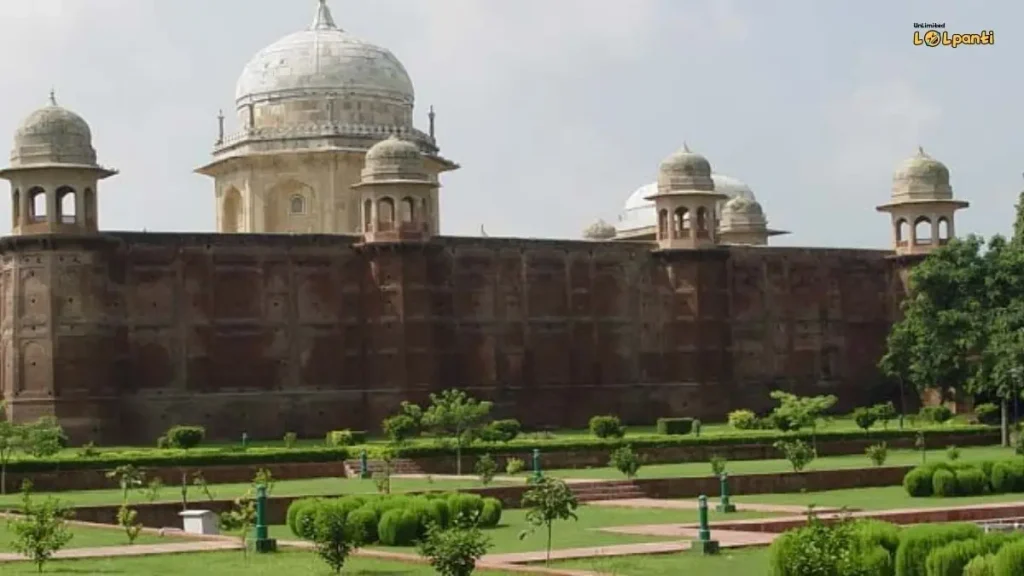
The saint’s grave is situated in the lower chamber, which connects to the madarasa through a narrow gallery. The madrassa has nine-arched openings on each side of the central courtyard, which features a stone masonry tank in the center. John Dawkins, the collector of Thaneshar at the time, was instrumental in repairing the tomb in 1854 AD. The two small museums of the madarasa building exhibit the antiquities retrieved from excavations at Harsh ka Tilla and Bhagwanpura, both of which are located in the district of Kurukshetra. This is one of the best tourist places in Kurukshetra, Haryana.
Raja Harsha ka Tila : Tourist Places in Kurukshetra
The recent archaeological excavations of this particular site have provided valuable insights into the historic remains of a city settlement dating back centuries. The vast site, spanning an impressive area of 1km x 750m, was led by Shri B.M. Pandey of the Archaeological Survey of India. The discovery of a few potsherds of Painted Grey Ware, located at the lowest level of the site, indicates the existence of a settlement prior to the continuous habitation since the Christian Era. The excavation yielded a diverse range of materials, dating back from the 1st century AD to the 19th century, which were subsequently divided into six cultural periods.
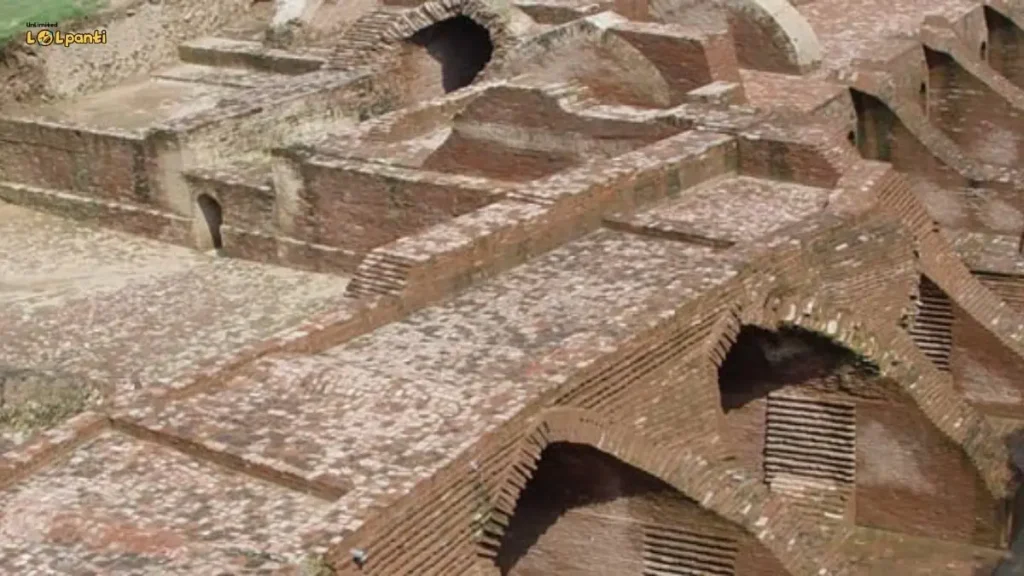
Sthaneshwara Mahadev Temple
Located in Thanesar, the Sthaneshwara Mahadev Temple holds a significant place in Hindu mythology. According to legend, Pandavas prayed to Lord Shiva for his blessings to emerge victorious in the battle of Mahabharata, and it is believed that the water in the temple’s adjoining tank is sacred. For those embarking on a pilgrimage to Kurukshetra, visiting this temple is considered essential. The temple’s history dates back to the reign of King Harsh Vardhana of the Pushyabhuti dynasty, where it held a prominent position in the kingdom.
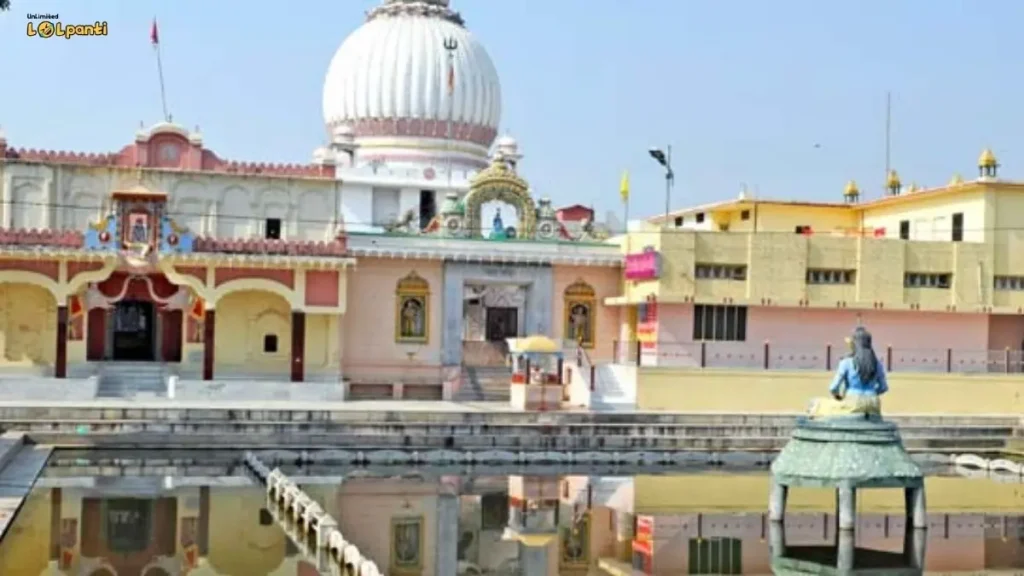
Jyotisar
Jyotisar is the most revered tirtha (pilgrimage site) in Kurukshetra, as it is home to the sacred Jyotisar, where the Bhagavad Gita was born. It is believed that the great Mahabharata battle began at Jyotisar, where Arjuna received Lord Krishna’s eternal message of the Gita on the eve of the battle. In the 9th century, Adi Sankaracharya identified the location during his journey to the Himalayas. Later in 1850, the King of Kashmir constructed a Shiva temple at the site. In 1924, the King of Darbhanga added a stone platform around the holy banyan tree, believed by devotees to be evidence of the celestial song, the Gita. In 1967, the Kanchi Kama Koti Peetha Sankaracharya installed a Chariot that depicts the Gita Updesha on the east-facing platform. Although the site may have once included ancient temples, they could not survive the ravages of invaders during medieval times. On the main platform of the temple, one such 9th-10th century temple’s architectural member is preserved. The Haryana Tourism board conducts a light and sound show in Hindi and English every evening.
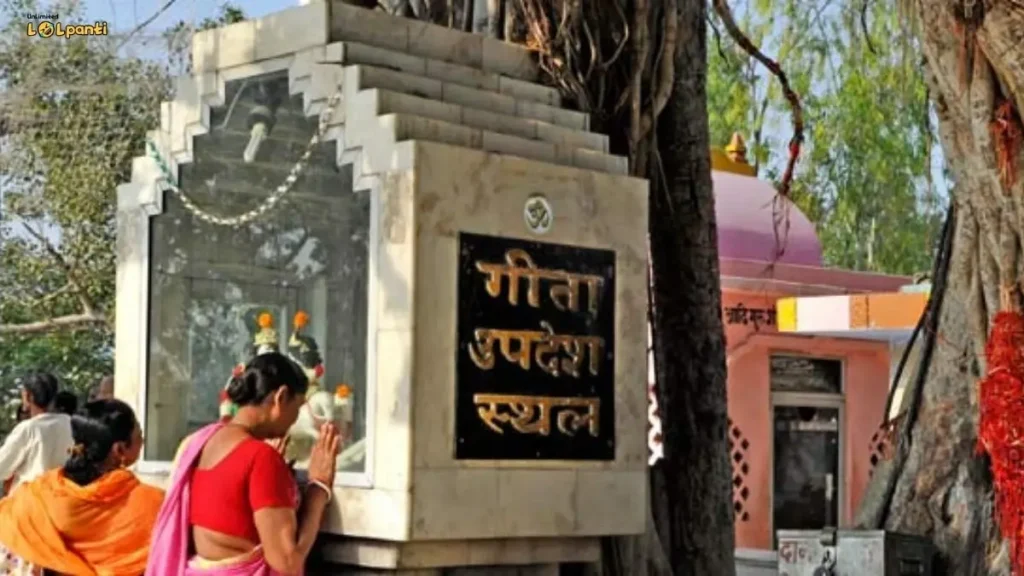
Kalpana Chawla Memorial Planetarium
The Kalpana Chawla Memorial Planetarium, named after Haryana’s courageous daughter Dr. Kalpana Chawla, is situated near Jyotisar on Pehowa Road. Its primary purpose is to impart non-formal education in astronomy. The Haryana State Council for Science and Technology established the planetarium on July 24, 2007, and it features both indoor and outdoor exhibits. Designed to encourage students and inquisitive individuals to explore the wonders of science, the planetarium offers a wide range of information about the universe.
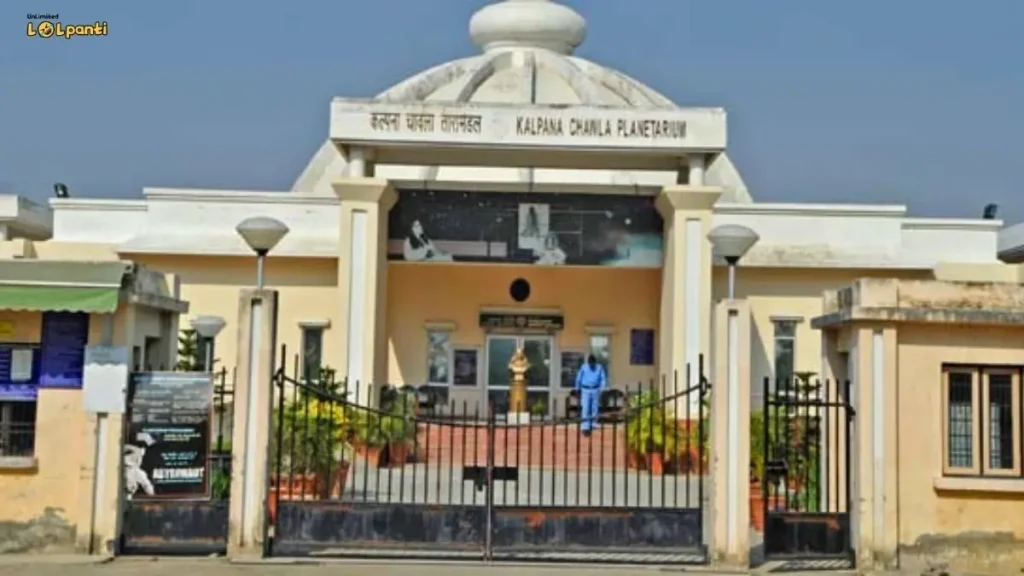
Visitors to the planetarium may enjoy a variety of attractions, including astronomy shows, an exhibit gallery, and the astro park.
Bhishma Kund, Narkatari
Bhishma Kund is another location that holds a connection with the great epic Mahabharata. According to legend, after Arjun created a bed of arrows for Pitamaha Bhishma, he lay here watching the famous battle. Today, a temple stands beside the water tank known as Banganga or Bhishma Kund.
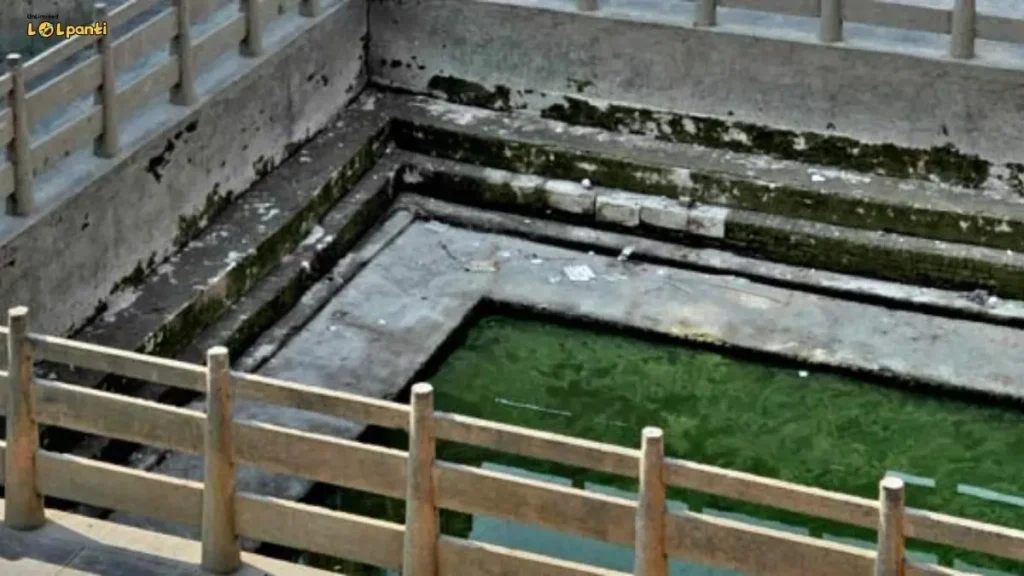
The legend continues with a story about Bhishma becoming thirsty while lying on his bed of arrows. He asked for water, and in response, Arjuna immediately shot an arrow into the ground, causing water to gush out. This is how Bhishma Kund is believed to have come into existence.
Thanesar Archaeological Site Museum
Thanesar, located next to Kurukshetra, holds significant archaeological importance. The Archaeological Survey of India conducted excavations uncovering many interesting artifacts such as stone and terracotta sculptures, coins, ornaments, and ritualistic objects. As a result, the first archaeological site museum in Haryana was established to showcase the history of Thanesar. The museum’s exhibition displays these findings, providing a unique insight into Thanesar’s past.
Bhadrakali Temple
The Bhadrakali Temple is located on Jhansa Road in the town of Thanesar, in the Kurukshetra district. Dedicated to Bhadrakali, a form of Shakti, this is one of India’s 51 Shakti ‘pithas.’ Legend has it that Sati’s anklet fell into the well, and visitors can see the marble ankle on display as a testament to this mythological event.
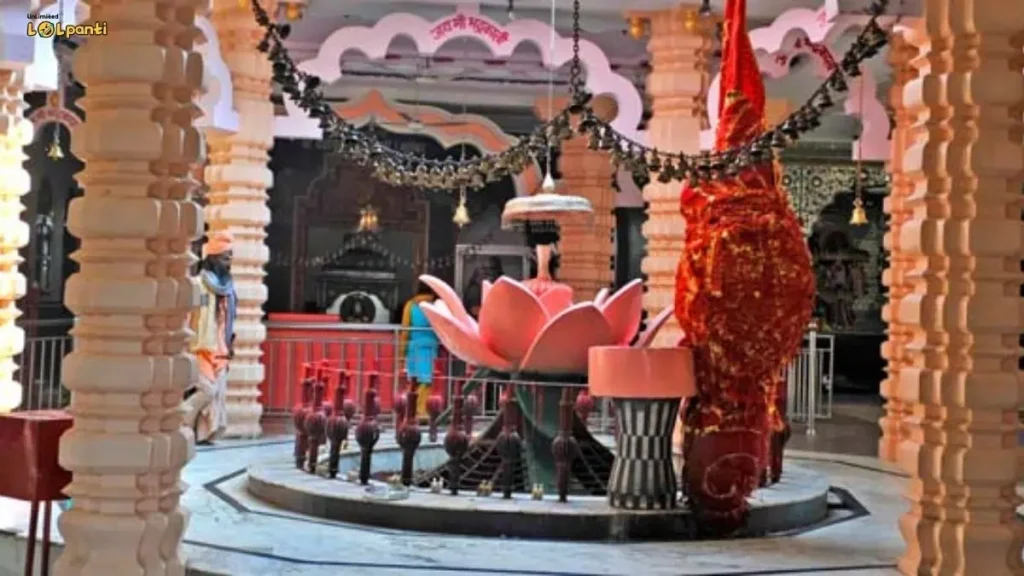
According to local lore, the Pandavas and Lord Krishna worshipped Ma Durga at the Bhadrakali Temple, and after their victory in the Mahabharata battle, they returned to honor the Mother Goddess once more. The Pandavas offered their horses to the deity in humble service, a tradition that continues to this day. Devotees who have their wishes granted often offer terracotta and metal horses to the goddess. Additionally, it is said that the temple was the site of Sri Krishna and Balram’s mundan (hair removing) ceremony.
Pathar Masjid
Pathar Masjid, a mosque constructed of red sandstone, is admired for its fluted minarets and exquisite floral designs carved in low relief on its pillars. The western wall contains the ‘qibla’, which is flanked on both sides by two arched niches engraved with Quranic verses. Although the front court comprises a masonry terrace and was added later, the mosque’s architectural style suggests that it was built in the 17th century AD.

Nabha House
This grand edifice was erected by the Nabha principality’s royal family. It was used as a residence by the family members for religious performances in Kurukshetra. The building is elevated on a platform, while its entrance gate is located on the eastern side and adorned with four arched niches (Miharab). On the second floor, two exquisite pillared windows (Jharokha) offer a stunning view. The pillars’ base and top feature a lotus design. Atop the monument, a fifteen-foot temple dedicated to God Brahma is constructed in a Navaratha (nine-cornered) plan. The entrance wooden door boasts decorative iron nails, showcasing the early British-era Hindu style of architecture. Another gate leads to a rectangular courtyard, with stairs on the southern side providing access to the second-storey temple.
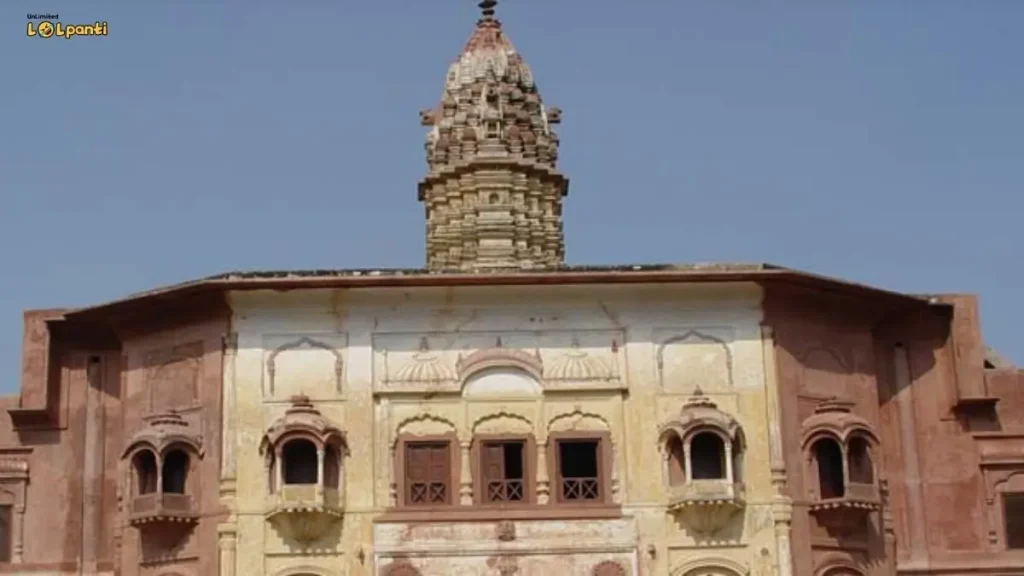
Ancient Mound Amin
Amin village’s name, which comes from Abhimanyu, the son of Arjun, the renowned hero of Mahabharata, is fascinating. The village’s ancient landmark, popularly known as ‘Abhimanyukhera,’ is believed to be the exact location where the famous Chakravyuha was arranged by the Kauravas to fight the Pandavas. The Chakravyuha was where Abhimanyu became trapped and killed during the Mahabharata war. The site, shaped like a mound, measures 650×250 m, with a maximum height of 10 m. Among the many historical artifacts found here are two inscribed red sandstone pillars with reliefs of Yaksha and other decorative motifs from the Circa 2nd century BC. Today, the pillars are showcased in the Sculpture Gallery of the National Museum in New Delhi.
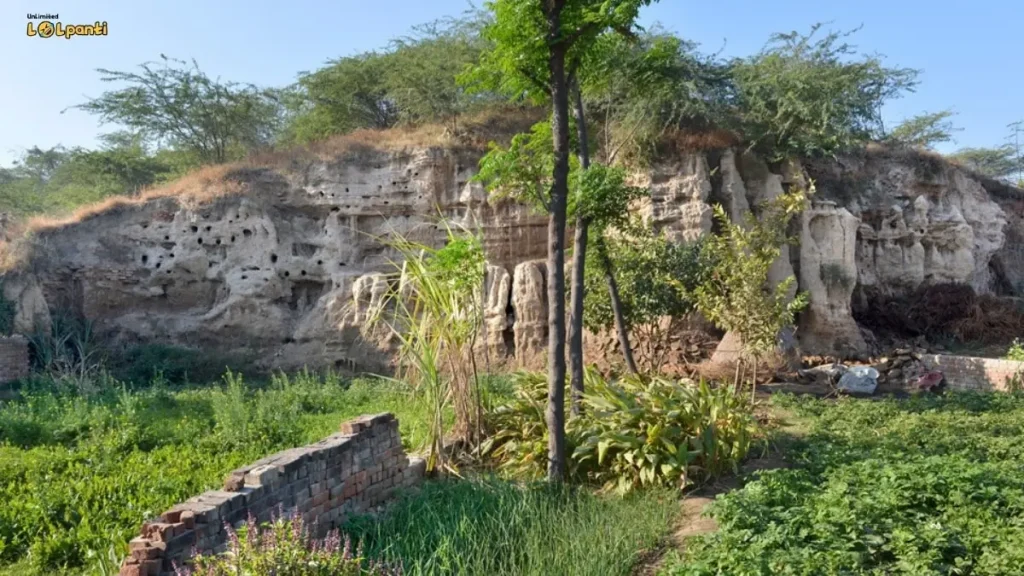
Vishvamitra Ka Tila
Pehowa, previously known as Prithudaka, was named after the legendary king Prithu, who is said to have established the town. Two inscriptions from the Gurjar-Pratihara period have been discovered in Pehowa. One inscription details the creation of three Vishnu temples while the other, located in the Garibnath Mutth, sheds light on the efforts of Raja Bhojdeva in 882 AD to collect voluntary taxes from traders in order to maintain these temples. Vishvamitra ka Tila is another site where the remains of one of the Vishnu temples can be found.
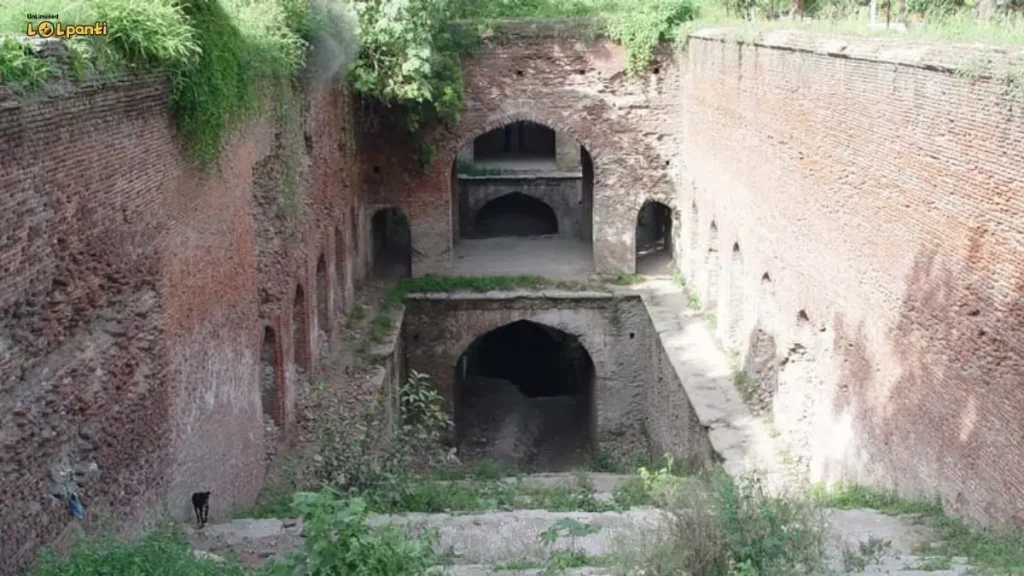
Prachin Shiva Temple
This town’s name is derived from Prithudaka, named after its founder, King Prithu. The ancient site of Prachi Shiva temple has yielded a number of sculptures of the Gods and Goddesses of the Hindu Pantheon. The findings suggest that it was the site of one of the Vishnu temples, which are mentioned in the Pehowa inscriptions. Another Vishnu temple site in the town is Vishvamitra ka Tila.Tourist Places in Kurukshetra Haryana.
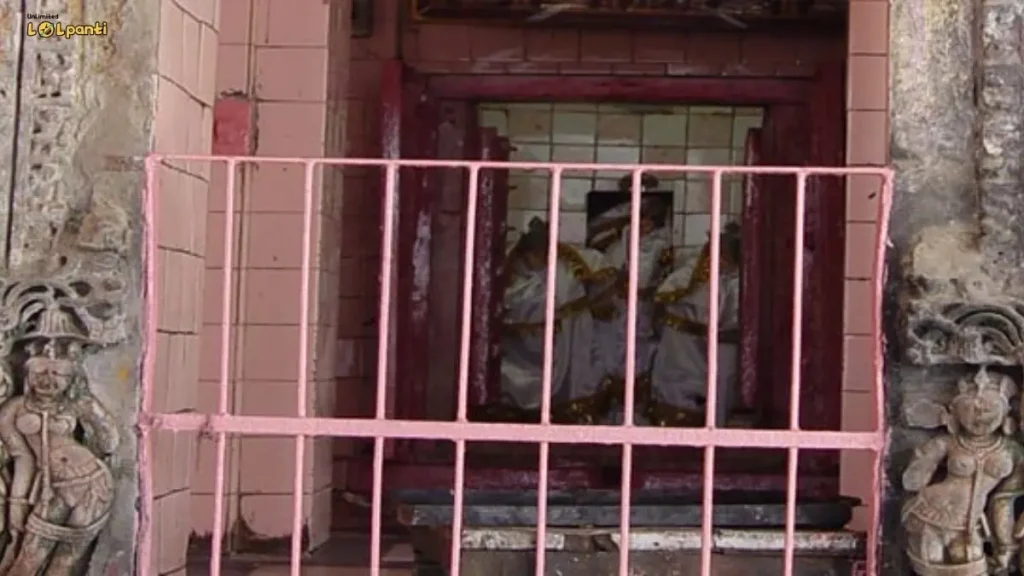
Shri Krishna Museum
The museum offers a fascinating glimpse into the mystique surrounding Lord Krishna by showcasing the multifaceted personality of the deity through the stories of the Mahabharata and the Bhagvata Purana. With six galleries, three in each of the two blocks, the museum houses a diverse range of exhibits including stone sculptures, bronze castings, leaf etchings, miniature paintings, clay pottery and terracotta artifacts. In addition, the Multimedia Mahabharata and Gita Gallery, an extension of the museum, was established by Haryana Tourism in collaboration with the Ministry of Tourism, Government of India.

Dharohar Museum
Explore Haryana’s rich cultural history through Dharohar, a museum curated to showcase the region’s unique archeological, cultural, and architectural heritage. In addition to the exhibits, visitors can catch a cultural performance held at the open-air theatre.
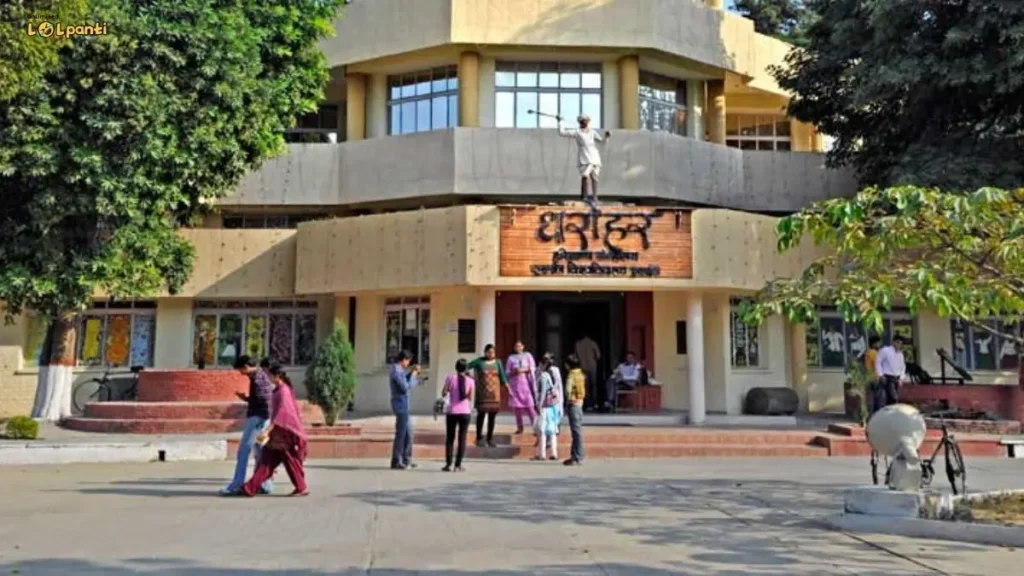
Kartikeya Temple : Tourist Places in Kurukshetra
Pehowa, located 27 km west of Kurukshetra, is home to many tirthas, ghats, and temples. One such temple is dedicated to Lord Kartikeya. According to legend, Lord Krishna instructed Yudhishthira to light two lamps in memory of the 18 lakh warriors who lost their lives in the battle of Mahabharata. These lamps are now situated beside the temple and have remained lit ever since.
Pashupatinatha Temple
The grandest temple constructed during Maratha rule in Pehowa houses a chaturmukha linga made of touchstone. This linga bears a striking resemblance to the one found at the Pashupatinatha Temple in Kathmandu, Nepal. The temple is situated on an elevated platform and boasts an impressive domed mandapa with stunning murals adorning its ceiling.
Bhor Saidan – Crocodile Farm
Located on the Pehowa-Kurukshetra road, 22 kilometers from Kurukshetra, lies a fascinating sight: a tank filled with crocodiles. Originally, the area was privately owned until the Forest Department took over its management during 1982-83. Over time, the habitat for these reptiles has been expanded and the perimeter fenced off. Four pairs of crocodiles were brought from the Crocodile Bank in Madras and released into the tank. The present population has grown to 25. To get a closer view of these magnificent creatures, a high mound was built inside the tank for visitors to observe them in their natural habitat.
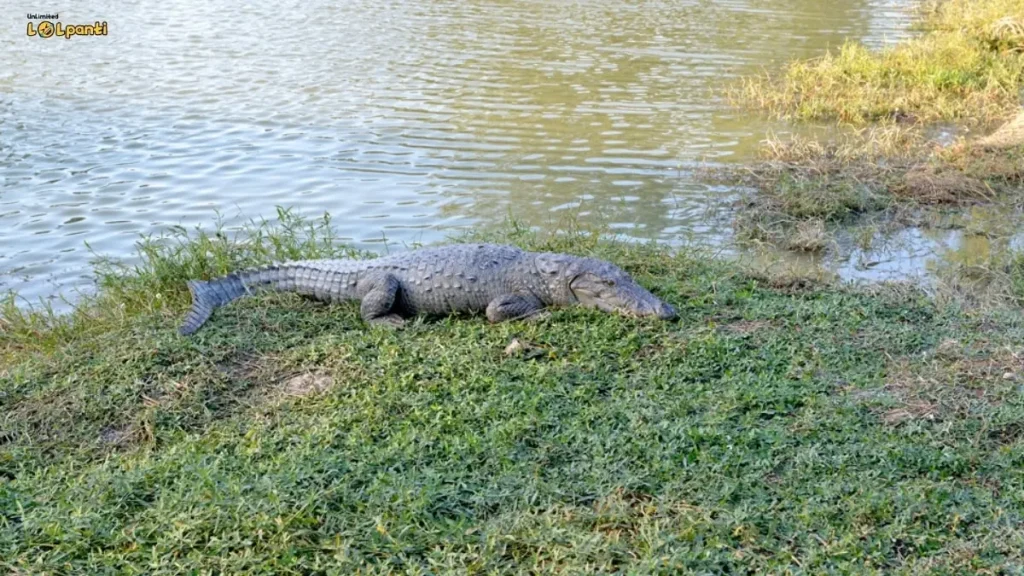
Gurudawara Mastgarh
Located 20 kilometers south of Ambala Cantonment along the Sher Shah Suri Marg, Gurdwara Mastgarh is a significant cultural and religious site. The Mughal Emperor Shah Jahan constructed the principal mosque in the city in 1630, but it was later converted into a Sikh Gurudwara. The Nishan Sahib was raised, Guru Granth Sahib was installed inside, and the minarets were dismantled. Despite these changes, the domes and mehrab remained intact, and it was renamed Gurdwara Mastgarh.
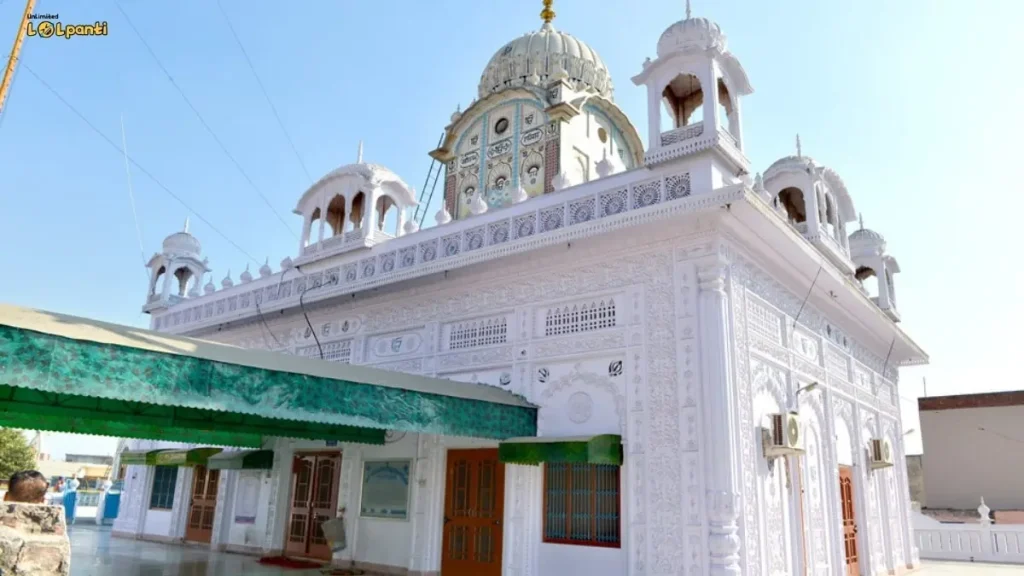
Light and Sound Show at Jyotisar
Step into history and mythology with the captivating Light and Sound Show at Jyotisar, where tourists and locals gather to witness epic tales from the Mahabharata. This unique multi-sensory show employs a combination of film, light, sound and water to bring the divine stories to life. Every evening, as the sun sets, visitors and locals alike queue up to be transported by this innovative storytelling. The visually stunning and well-researched mythological tales are a true masterpiece, particularly the focus on the Bhagwat Geeta and Mahabharata. Held in the open amidst the mystical surroundings of Jyotisar, the show is sure to leave you spellbound. Tourist Places in Kurukshetra Haryana.
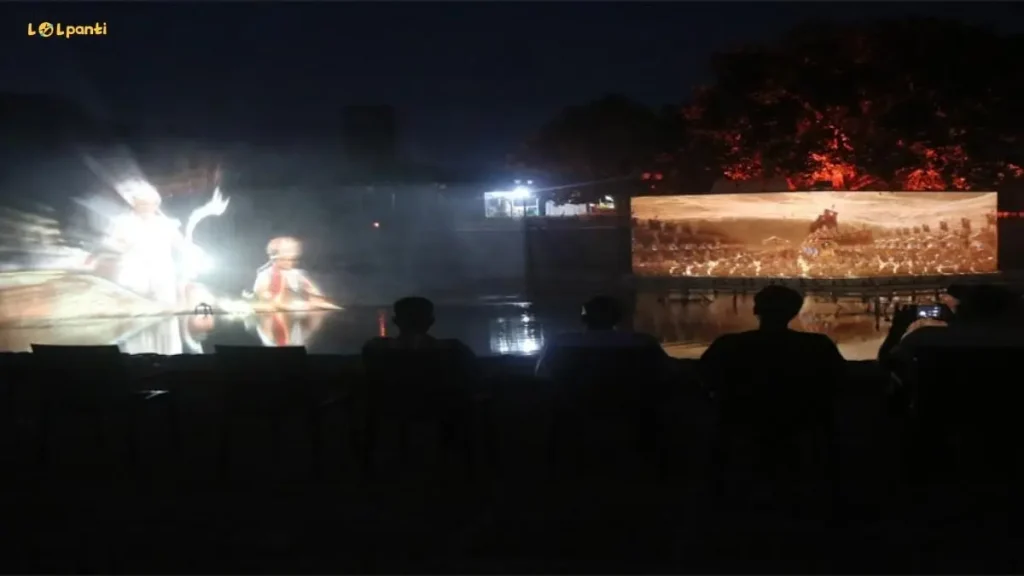
Final Words
Experience a journey through time and spirituality with Kurukshetra’s sacred tanks, temples, and historical landmarks. This town holds a special place in ancient scriptures and is renowned for its peaceful surroundings. A visit to Kurukshetra is an opportunity to immerse oneself in a unique blend of myth, history, and tranquility. Plan your trip now, and let the echoes of timeless legends and spiritual sanctuaries leave an indelible mark on your travel memories. I hope you find this post helpful and get enough information regarding tourist places in Kurukshetra to plan you next trip. Thanks For reading!
Also Read:

